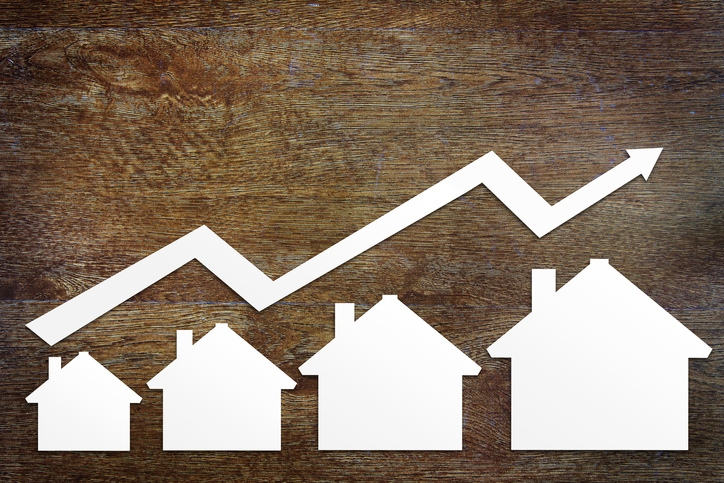Advertisement
S&P CoreLogic Case-Shiller National Index at 31-Month Peak

Home prices continue to soar, as the main index within the S&P CoreLogic Case-Shiller Indices has reached a new apex.
The S&P CoreLogic Case-Shiller U.S. National Home Price NSA Index, covering all nine U.S. census divisions, reported a 5.9 percent annual gain in January, up from 5.7 percent in December; January’s marks a 31-month high for this index. The 10-City Composite posted a 5.1 percent annual increase, up from 4.8 percent the previous month, while the 20-City Composite reported a year-over-year gain of 5.7 percent for January, up from 5.5 percent in December.
Before factoring in a seasonal adjustment, the National Index posted a month-over-month gain of 0.2 percent in January, while the 10-City Composite posted a 0.3 percent increase and the 20-City Composite reported a 0.2 percent uptick. After the seasonal adjustment, the National Index recorded a 0.6 percent month-over-month increase, while both the 10-City and 20-City Composites each reported a 0.9 percent month-over-month increase. Thirteen of the 20 cities tracked in the indices reported increases in January before seasonal adjustment; after seasonal adjustment, 19 cities saw prices rise.
“Housing and home prices continue on a generally positive upward trend,” said David M. Blitzer, managing director and chairman of the Index Committee at S&P Dow Jones Indices. “The recent action by the Federal Reserve raising the target for the Fed funds rate by a quarter percentage point is expected to add less than a quarter percentage point to mortgage rates in the near future. Given the market’s current strength and the economy, the small increase in interest rates isn’t expected to dampen home buying. If we see three or four additional increases this year, rising mortgage rates could become concern.”
However, Blitzer acknowledged that what goes up will eventually have to come down.
“While prices vary month-to-month and across the country, the national price trend has been positive since the first quarter of 2012. In February, the inventory of homes in the market represented 3.7 months of sales, lower than the long-term average of six months,” he continued. “Tight supplies and rising prices may be deterring some people from trading up to a larger house, further aggravating supplies because fewer people are selling their homes. The prices also hurt affordability as higher prices and mortgage rates shrink the number of households that can afford to buy at current price levels. At some point, this process will force prices to level off and decline. However we don’t appear to be there yet.”
About the author





